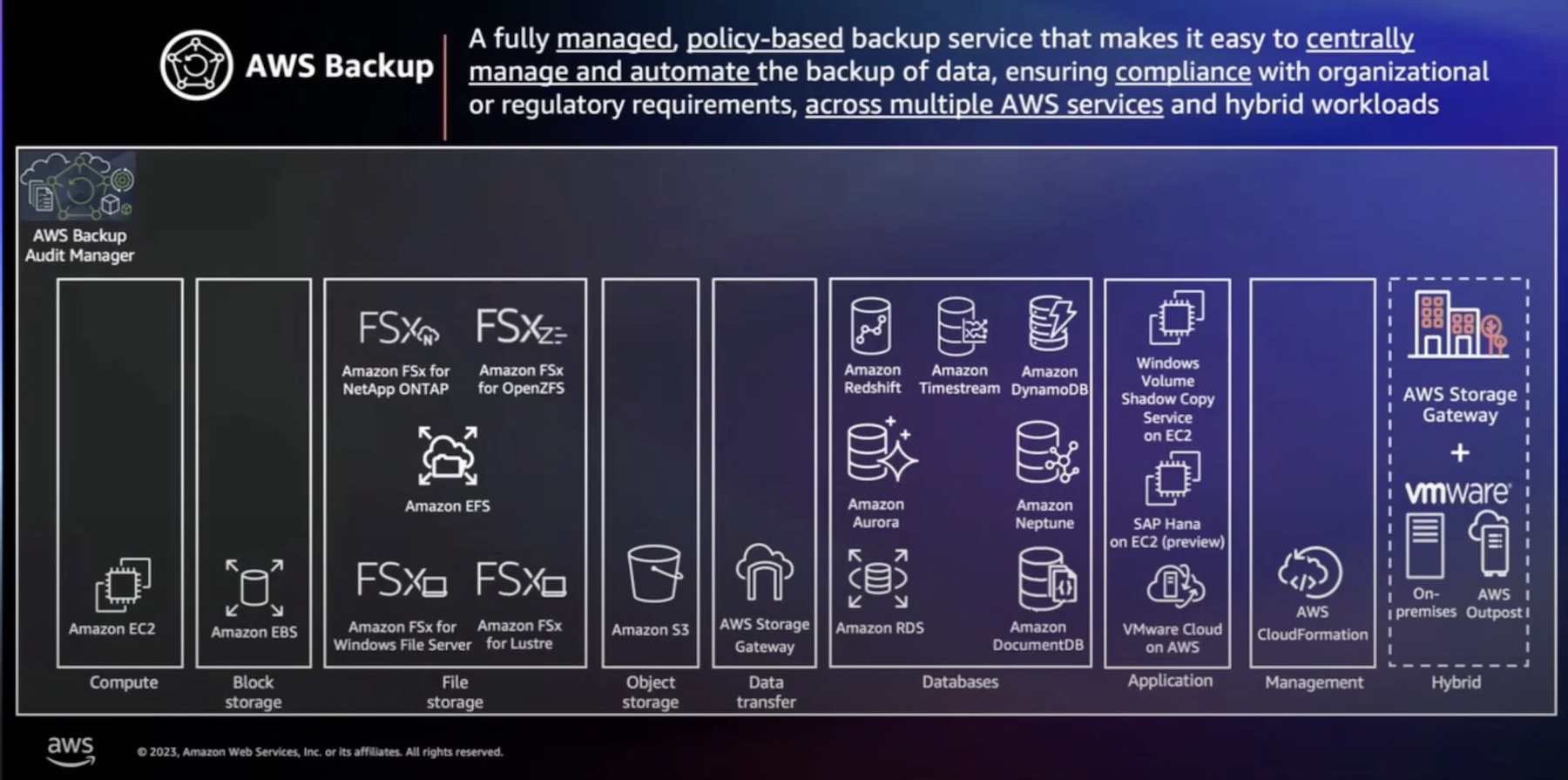The only way to push the ceiling of complexity is to simplify and push upwards on the growth curve. Kubernetes is already a complex beast, but it has simplified the deployment aspect of launching applications in the cloud. This week, I got a peek into the Portworx BaaS version of PX-Backup exclusively on AWS during an interview with Rajiv Thakkar, the Director of Product Marketing, Cloud Native Business Unit at Pure Storage.
The adoption of Kubernetes across the enterprise for quickly launching and scaling new applications has posed problems for those responsible for backing up applications. Most platforms focus on making the launch of greenfield applications as easy as possible. However, there can be missing knowledge around how to run the applications and how to migrate them to a public cloud if they were originally launched on premises.
Current State of Backup and Kubernetes
The public cloud enables applications to be launched quickly, but don’t assume your data is safe. If you don’t pay attention to the shared responsibility model between you and your cloud provider, you may have a false sense of security about the integrity of your data. Your provider is not going to take time to understand the nature of the applications you’re running — which can come back to bite you if you don’t take this into consideration. Keep best practices at the top of your mind: your application containers should be immutable, so there shouldn’t be an issue for backup. If they aren’t, or if you’re also running your database and object storage in Kubernetes, you will need to ensure that these are properly backed up.
If your cloud provider has the ability to snapshot the block devices that back any mounted storage, that’s about as good as it will get. You will likely be on your own for object storage. This approach is not application aware — which means more custom scripting or orchestration will be needed to make sure that you can perform this operation in a consistent state.
Cloud Native-ish
The other dream with the move to Kubernetes is that your application is now cloud native, and you can take advantage of any public cloud of your choosing. You can even take a hybrid approach with public and private clouds to maintain service-level agreements (SLAs) for your applications. The reality of this approach is that getting setup on one cloud was probably tricky enough, and now you have to build the glue which allows movement between regions, providers or on premises.
Ready to Hit the Easy Button
By now, you can understand why I’m excited about a way to simplify this aspect of running applications in production on Kubernetes. Portworx has applied the SaaS pattern to backups by launching a Backup-as-a-Service (BaaS) version of their PX-Backup products — meaning you don’t have to manage that portion of the complexity.
In addition to backups, this Portworx BaaS solution has the ability to auto-discover Kubernetes applications running in your existing clusters and migrate them into any other cloud or on premises Kubernetes clusters. This solves the cloud native dream of maintaining SLAs by maintaining a parallel deployment in another region or even a completely different cloud.
The Portworx BaaS is deployed into your Elastic Kubernetes Service (EKS) clusters and managed for you. The real magic of the solution is that it is application aware. In other words, you can back up at any time knowing you are getting consistent and reliable recovery of that database into the same provider or into a local version of the cluster.
Complexity aside, let’s get back to developing
With the worry about backups and migrations diminished, we can get back to what truly matters in the organization. Knowing that the data is not locked in a specific cloud and that it will be consistently recoverable, developers can focus on building great applications and delivering value.
Guest
Rajiv Thakkar, Director of Product Marketing
Moderator
Calvin Hendryx-Parker
Follow us on Twitter and SUBSCRIBE to our newsletter for more great coverage right in your inbox.




